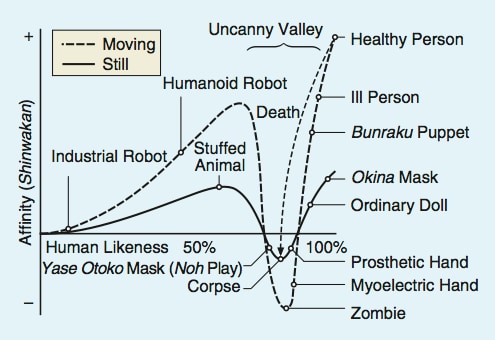

The Oculus headset tracks both orientation (via an IMU) and position (using infrared beacon tracking). At its core, the DORA platform explores the question of what it means to be present in a space, and how one’s presence affects the people and space around him or her.” “DORA is based upon a fundamentally visceral human experience-that of experiencing a place primarily through the stimulation of sight and sound, and that of social interaction with other human beings, particularly with regards to the underlying meaning and subtlety associated with that interaction. For immersion, you need something a lot more complicated, and that’s what DORA is trying to accomplish. It’s not particularly difficult to create a telepresence robot on a pan/tilt head that can stream video and mimic your basic movements, but that level of sophistication isn’t going to fool your brain into an immersive experience. This is the reason that immersive telepresence is so difficult: it has to be close to perfect. The problem here is that our eyes and brains and inner ears and all of the other sensors that we use to perceive the world have incredibly high standards for realism, and they’re very good at letting us know when something isn’t quite right. Worst case, it breaks the immersion and you get sick. However, if all the pieces of the system aren’t working together flawlessly, it’s very easy to tell that something is off. When this works, it works pretty well, and ( in my experience) it’s not at all difficult to convince yourself that you’re temporarily inside a simulation or game.
Ieee automaton software#
As the sensors on the system track the motions of your head in near-real time, software updates the images displayed in front of your eyes at a frame rate higher than you can detect. When you put on a virtual reality system like the Oculus Rift, you’re looking at a virtual world that’s being rendered inside of a computer just for you. Their goal is making the experience so immersive that, while operating the robot at a remote place, you’ll forget that you’re not actually there. Now a team of roboticists at the University of Pennsylvania is using affordable sensors and actuators and virtual reality technologies like Oculus Rift to build a platform that offers the same capabilities of a high-end telepresence system at a reasonable cost. DORA (Dexterous Observational Roving Automaton) attempts to bring true immersion to teleoperated robots, by precisely tracking the motion of your head in all six degrees of freedom and then duplicating those motions on a real robot moving around the real world. Consumer telepresence robots (like the Double or Beam), on the other hand, cost much less but can’t create a sense of immersion-you’re staring at a video feed on a computer screen, after all. Space agencies, researchers, and the military have developed high-end telepresence systems that offer an immersive experience, but these units can cost millions of dollars.

Remote presence robots, as the name implies, act as your stand-in at a distant location, letting you move around and see and hear through a robotic surrogate.


 0 kommentar(er)
0 kommentar(er)
